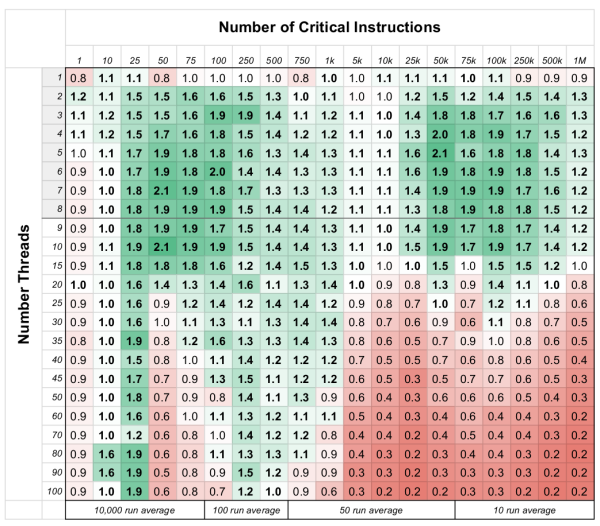Getting into the weeds of operating systems is daunting work. Especially when the operating system involved is a fully featured modern PC operating system with millions of lines of code all working together to integrate hardware and software seamlessly. One such operating system “weed” is figuring out how to handle simultaneous tasks when the processor can only really handle one thing at time. For that, you’ll be looking at the difference between spinlocks and mutexes.
Both of these are methods of making sure that the processor completes a task sufficiently before moving on to the next task. Modern computers are so fast (even ignoring multiple cores) that it seems as if they are doing many things at once. In order to maintain this illusion, tasks need ways of locking the processor to that specific task for a certain amount of time. Of course the queue for performing the next task can get complicated as there are often many tasks waiting to use processor time. Spinlocks are a simple way of holding the processor and mutexes are a slightly more complicated way, but which one is the most efficient use of system resources isn’t that straightforward.
If you’ve ever been interested in operating system details, this one goes deep into the intricacies of features most of us have never even considered the existence of. It’s definitely worth a read, though, and is very well written by someone who is clearly an expert. If you want an operating system challenge, you can build your own operating system as well.










